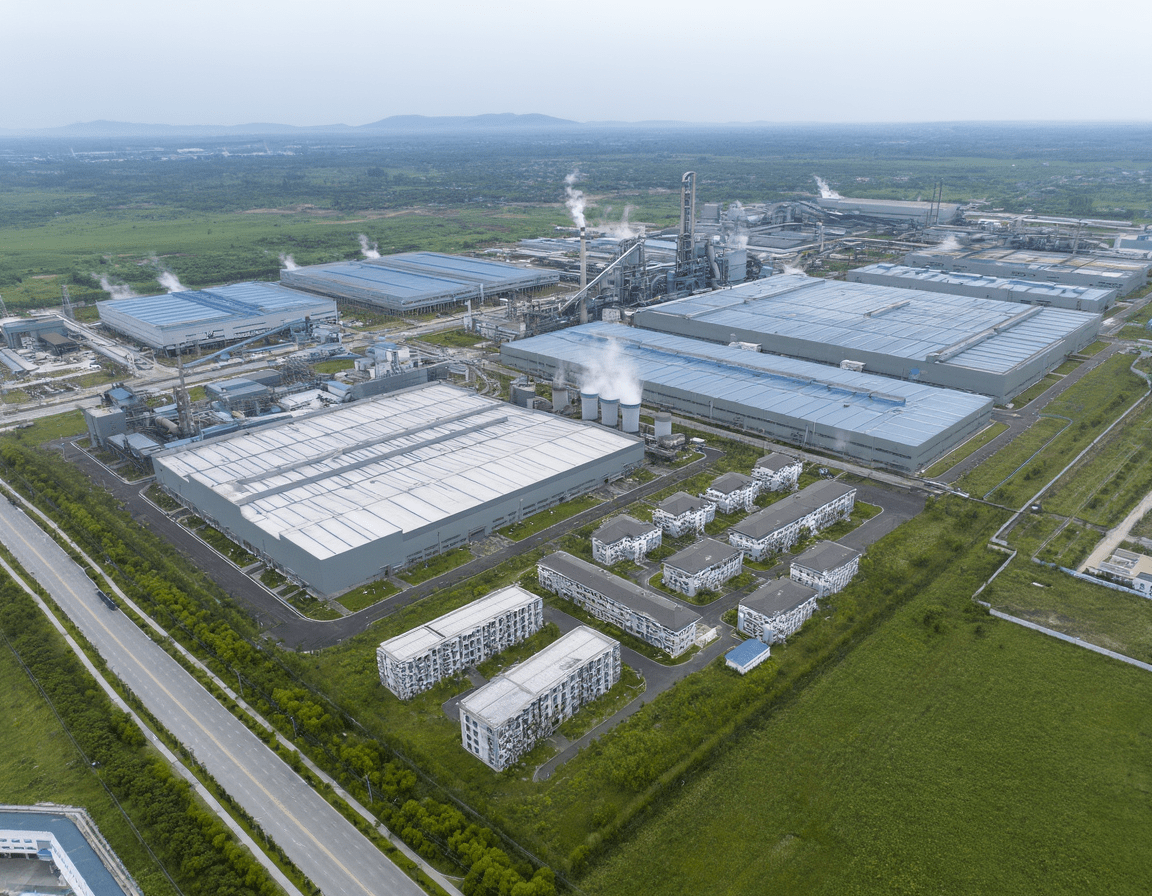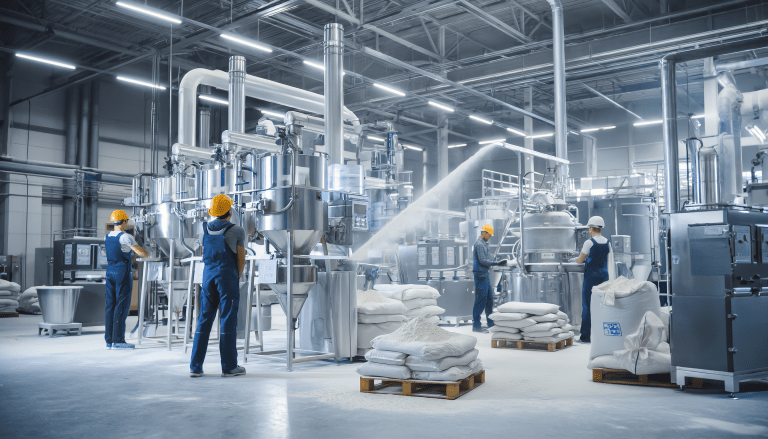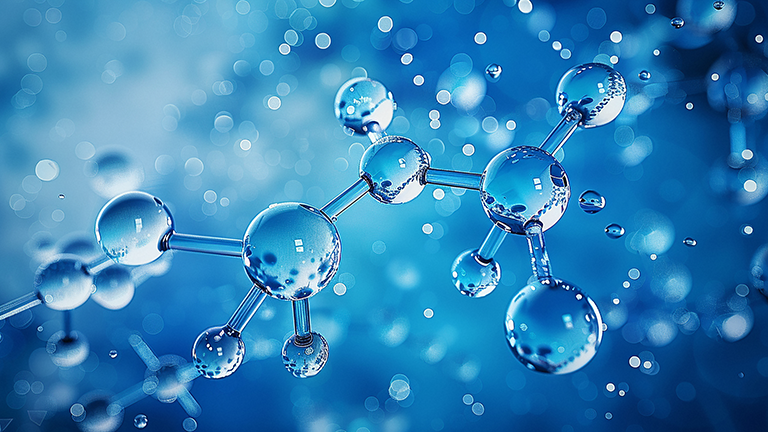Understanding Titanium Dioxide Performance in Coatings: A One-Stop Read.
Titanium Dioxide Pigment Overview
Titanium dioxide pigment (TiO₂) is an inorganic white pigment, mainly composed of titanium dioxide. According to its crystal form, it can be classified into three types: anatase, rutile, and brookite. Due to its high refractive index, strong hiding power, high whiteness, non-toxicity, and good stability, titanium dioxide pigment is widely used in industries such as coatings, plastics, paper, and inks. The largest consumption sector is the coatings industry, accounting for about 60%. Whether in solvent-based or water-based coatings, titanium dioxide not only serves to provide coverage and decoration but more importantly improves the physical and chemical properties of coatings. It enhances chemical stability, hiding power, tinting strength, corrosion resistance, lightfastness, and weather resistance. It also increases the mechanical strength and adhesion of the paint film, prevents cracking, blocks ultraviolet rays and moisture penetration, thereby delaying aging and prolonging the service life of the coating. Additionally, it helps save material usage and allows for a wider variety of products.
1. Influence of Particle Size on Coating Hiding Power
The shape and size of titanium dioxide particles greatly affect the scattering of light, which is a key factor influencing the hiding power of the pigment. Studies show that under the same conditions, when the particle size of titanium dioxide is between 160–350 nm (about 0.4–0.5 times the wavelength of visible light), it exhibits strong light scattering ability, directly impacting the coating’s hiding power. In a coating system, if the binder does not fully encapsulate the titanium dioxide particles, the particles may contact and agglomerate, effectively increasing the particle size and reducing the coating’s hiding power.
2. Influence of Dispersion on Coating Hiding Power
In coatings, the degree of dispersion of the pigment particles largely determines the product’s performance. During production, titanium dioxide dispersion involves wetting, grinding, and dispersing processes. Titanium dioxide maintaining a stable suspension in the coating improves hiding power. However, due to the pigment’s activity, the formulation environment can affect its dispersion, leading to issues like flocculation, sedimentation, or poor suspension. Therefore, the quality of dispersion also influences the coating’s hiding power.
3. Influence of Dispersant Dosage on Coating Hiding Power
During dispersion, titanium dioxide particles tend to agglomerate due to their relatively small size compared to fillers. The choice and amount of dispersant affect the pigment’s dispersibility and thus the hiding power of the coating film. Experiments have shown that increasing the dispersant dosage improves pigment dispersion, reducing the particle size distribution and average particle size, which enhances the hiding power of the coating.
4. Sustainable Development Path for Titanium Dioxide in Coatings
As an efficient light-scattering pigment, titanium dioxide provides excellent whiteness and hiding power to coatings. With rapid growth in the automotive, construction, and water-based coatings markets, overall demand for titanium dioxide is sharply increasing. This growth raises resource, energy consumption, and environmental challenges. Improving the sustainability of the titanium dioxide industry is urgent. Besides developing new production processes and technologies, coating manufacturers need to actively explore ways to improve the utilization efficiency of titanium dioxide or seek alternative materials to reduce its usage.
5. Applications of Titanium Dioxide
Titanium dioxide pigment is widely used in coatings, plastics, rubber, inks, paper, chemical fibers, ceramics, daily chemicals, pharmaceuticals, and food industries. The coatings industry is the largest consumer of titanium dioxide, especially rutile titanium dioxide, most of which is consumed in coatings. Coatings made with titanium dioxide are bright in color, have strong hiding power, good tinting strength, low consumption, and a wide variety of options. They stabilize the medium, enhance the mechanical strength and adhesion of the paint film, prevent cracking, block ultraviolet rays and moisture penetration, and extend the coating’s lifespan.









